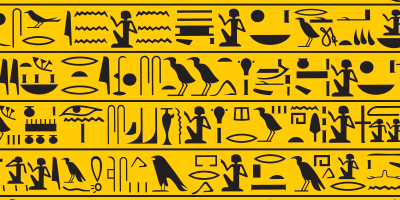

The owl didn’t bring your letter again this year? That doesn’t mean you won’t be a wizard one day. Unravel the riddles of the magic wand and you might find an owl on your windowsill yet.
Grades 3-6

Archeologists suspect a code is buried within hieroglyphics extracted from a pyramid in Egypt, but cannot make sense of it. Your team has been brought in to decipher it. Can you break the code?
Grades 3-6

Your mission, should you choose to accept it. Decipher the clues, analyze the data, and solve the mystery. Then get out without being captured. P.S. Bring your math skills.
Grades 3-6

When “x” marks the spot and is also the solution to an equation, it can only mean one thing: pirate treasure. Solve the clues to find the treasure, fend off rival pirates, and save the day!
Grades 3-6

Your mission, should you choose to accept it. Decipher the clues, analyze the data, and solve the mystery. Then get out without being captured. P.S. Bring your math skills.
Ages 11-14

When “x” marks the spot and is also the solution to a system of equations, it can only mean one thing: pirate treasure. Solve the clues to find the treasure, fend off rival pirates, and save the day!
Ages 11-14
Escape rooms are a fun, engaging way to talk about math in different ways than students might be used to. They encourage students to use logic and mathematical thinking, and encourage conversations between students.
Escape rooms are useful to bridge the gap between your high needs students and advanced students. The activities in the escape rooms are “low floor, high ceiling”, meaning that regardless of knowledge every student has something to contribute – whether it’s a question, an idea, or a first step!